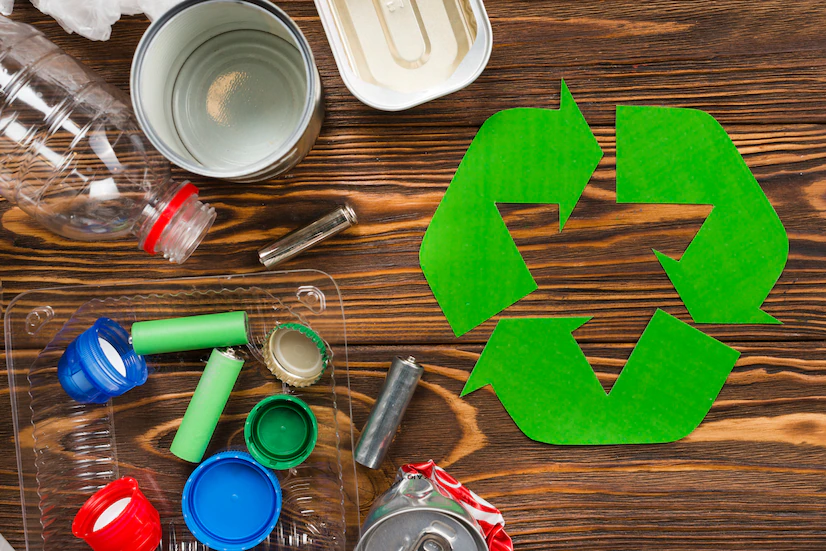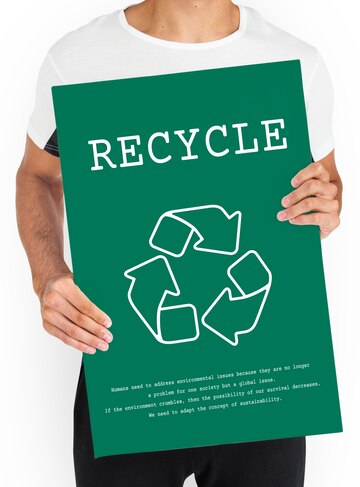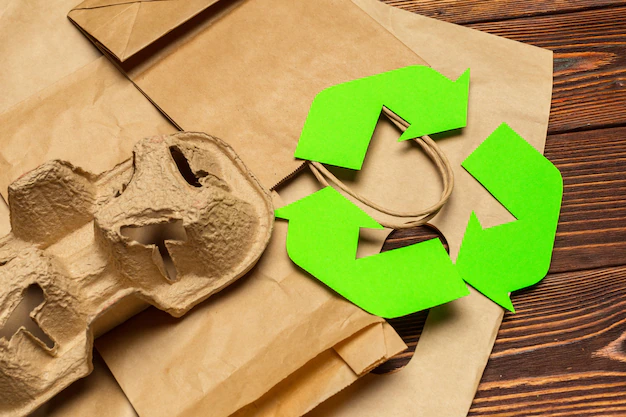Reducing waste in manufacturing can bring many benefits. Not only can it contribute to revenue, but it can boost the company’s reputation and match important environmental regulations. If you want to reduce waste and improve revenue, then these are the tips that you can follow.
Green manufacturing, also commonly called lean manufacturing, can also contribute to improved functions that add more efficiency to a production line. Looking for services and machinery that can help you to reach your green goals is an important part of this process.
Companies such as Lundberg Tech offers many services that contribute to waste reduction and productivity increase in many areas of manufacturing.
4 areas in that you can improve waste consumption:

Here are some of the tips which you can follow to reduce waste and improve waste consumption.
1. Arranging a waste reduction audit
While the word audit might initially be stress-inducing, audits are not necessarily a bad thing. Arranging for a waste reduction audit can look at the condition of the equipment being used and if it is necessary for part replacement.
Keep tapping on the waste reduction records. Through the waste reduction audit, you will understand when you have to follow the strategies to reduce waste.
Audits can also examine how machinery is being used and if it is being unnecessarily strained. This can lead to recommendations of proper training that may need to be provided to machine operators and other ideas that can also lead to the productivity and overall improvement of the daily waste management process.
2. Looking for large causes of waste
Looking closely at the supply chain, including the way materials are used, the costs of logistics, and the skill of staff, can contribute greatly to waste reduction.
Make sure to keep your staff trained and discuss with them any reasons why operations may not be going smoothly so that you can mitigate this immediately. Proper training is also necessary for additional staff you might hire, such as seasonal or contracted personnel.

3. Package reduction
Going straight to the source of excessive waste is your best bet for implementing waste reduction. Look for materials that are easily recyclable, reusable, and durable to minimize their use and reduce waste.
Make sure that your procurement team is in line with your values and goals so that they are sure to avoid unnecessary purchases and unfavorable packaging materials.
Redesigning packaging with the help of Zenpack packaging solutions is also a great way to reduce the materials used, where you can potentially re-use the edge trimmings for other products. The packing a very small single item, people require at least 3 plastic protection layers.
For fragile material, the numbers of items are also pretty large. It is a better decision either go for the eco-friendly options other than this and select very few numbers of plastic materials.
4. Review inventory stock
Reviewing the materials that are used throughout the production process can reduce waste both in and out of the production line by way of excessive material use, damage, and decay. Not buying unnecessary materials can also lead to an increase in revenue.
First, start reviewing the inventory stocks. Then purchase items that are eco-friendly and recyclable. Or reusable. Reusable materials are the best materials that you must use for eco-friendly options.
Before buying any of the items, always check on the inventory stocks of the items. And also, read the whole product details, then decide whether you are buying it or not. If you are not finding any plastic or harmful material, then only go for buying it.
Conclusion:
If you want to reduce waste, the first target is to purchase eco-friendly items. Then purchase the items which are eco-friendly and more convenient for better environments. Now, most of the items are available in nature-friendly options. So it will always be better to shift to the more eco-friendly options.
Purchase the items which already describe as eco-friendly items. Then recycle it. For example, always avoid buying plastic items as plastic items are not recyclable. So you have to focus on the organic and eco-friendly options in your daily items.
Read Also:






















